A VITAL ASIAN CUP SHOWPIECE
Asian football needs a spectacular showing at the 2015 Asian Cup being hosted in Australia during January and February. After years where “Asian Football” was reasonably described as being on an upward curve at the International level, the most recent evidence is that “Asian Football” is flat-lining when compared to the other confederations – in particular CONCACAF.
The 2014 Brazil FIFA World Cup saw the cream of Asia all fall at the qualifying stage – and there was not even a single win for the confederation to celebrate. Add the focus of World attention on Qatar’s hosting of the 2020 World Cup as being negative for the AFC, question marks over fan participation and match scheduling in Australia, and the little matter of it clashing with the African Cup of Nations means that there needs to be some spectacular action on the pitch to distract the critics.
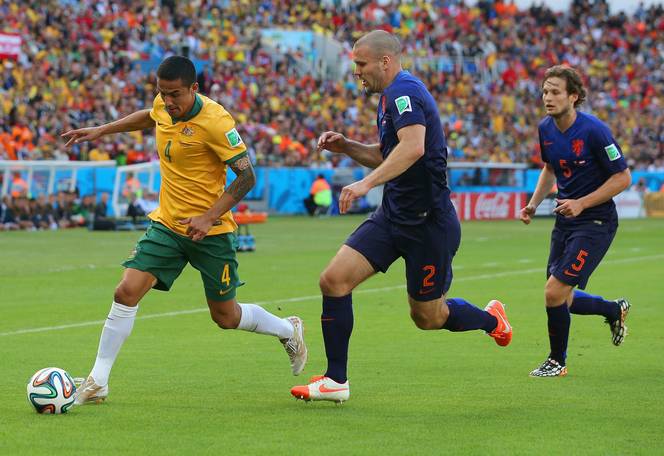
At first glance, the omens for an Asian spectacular aren’t good. Performances from the top AFC nations at the Brazil World Cup were indifferent in terms of results. Australia lost three out of three, though impressed against Holland; Iran, Japan and South Korea were unable to get beyond the group stages, nor even record a win between them. All three of those Coaches fell on their swords. And let’s not forget how Jordan – the 5th best team in Asian World Cup qualification – were trounced by Uruguay in a play-off to get to the finals.
The 2015 Asian Cup competition will need Australia to do well if it is to capture the imagination of the public. The A-League may be in its 10th season, but it is still working to truly establish itself in the Aussie sporting psyche. There have been some standout moments, but with smaller franchises failing or moving, and a wage caps in place that inhibits the better Australian players to ply their trade at home, football – whilst widely participated – is still very much a growing mainstream sport.
So who is going to make us sit up and take notice in the land Down Under?
THE MAIN CONTENDERS
AUSTRALIA
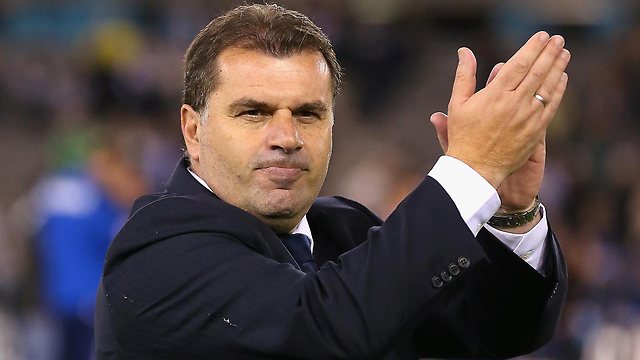
Australia’s Socceroos are rebuilding under Ange Postecoglu. Only five of Postecoglu’s twenty-two man squad have amassed more than 25 caps, so it’s time for the likes of Bayer Leverkusen’s Robbie Kruse, AFC International player of the year Mile Jedinak, Swedish based Matthew Leckie and A-League stand-outs Nathan Burns and Tomi Juric to take centre stage away from the omnipresent Tim Cahill if Australia are to introduce the “wow’ factor. Cahill can’t go on forever, and Juric – having enjoyed the limelight of Western Sydney Wanderers AFC Champions League triumph – is the likeliest to take over his mantle. The Socceroos, though, need to make a solid start in their group. They have won just once in five matches since the World Cup. And two of their three defeats in that time have come against Asian Cup opposition in Japan and Qatar. The Aussies face difficult opposition in the Group phase. A group opener with Kuwait is followed by games against Oman and regional giants, Korea Republic.
REPUBLIC OF KOREA
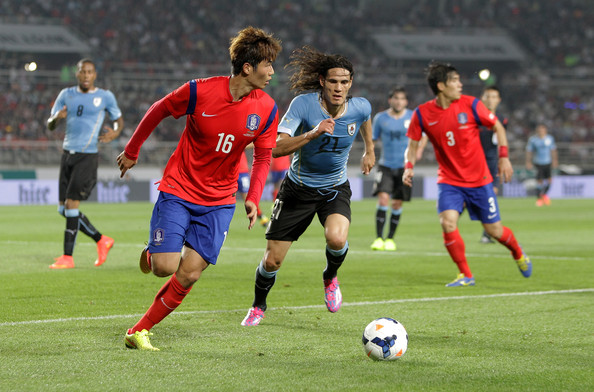
History may be against them, but it is the Koreans, under new Coach Uli Stielike, who could well provide the stars of this tournament. Son Heung-min was one of the most sought after players in Europe last summer, but decided to stay in Germany where three of his teammates are also based. With seven International goals to his name already, this could well be his break-through tournament. Another to watch out for is Bolton wanderers’ Lee Chung-Yong. Now fully recovered from a horrific broken leg, he’s buzzing in the English Championship, and his link up play with Qatar based Lee Keun-Ho may be pivotal to Korea’s hopes of winning a first Asian title since, remarkably, 1960. But this correspondent has long believed Ki Sung-Yueng is destined to really make an International impact. The elegant Swansea City midfielder has impressed ever since his young days at FC Seoul, and at just 25 years of age, he has already collected 66 International caps. Surrounded by a physically commanding squad containing just four home-based players, Sung-yueng is poised to make a statement.
JAPAN
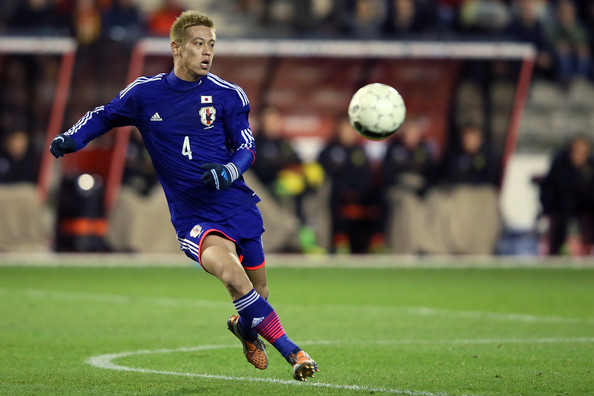
Defending Champions, Japan, after their World Cup frustrations, suffered a high-profile mauling against Brazil in Singapore to raise question marks about their ability to defend their title. Subsequent wins against Honduras and Australia have somewhat eased the pressure on Mexican Coach, Javier Aguirre. But there are nagging doubts about this Japanese team. All the component parts are in place. A solid goalkeeper in Belgian based Eiji Kawashima; experienced core to the team with Southampton’s Yoshida and Frankfurt’s Hasebe; creative quality from the ageless Yasuhito Endo (who will reach 150 International appearances in Australia) and Kagawa, a genuine goal-scorer in Shinji Okazaki and star quality in Keisuke Honda. But Aguirre’s time in charge has come against the background of allegations of match fixing from his time as a Coach in La Liga, and by retaining 14 of the squad who disappointed in Brazil, the Blue Samurai haven’t caught the imagination in Japan. “El Vasco” – as Aguirre is nicknamed – may well be rescued by the fact that Japan’s group opponents are the less fancied Jordan, Iraq and Palestine.
SAUDI ARABIA
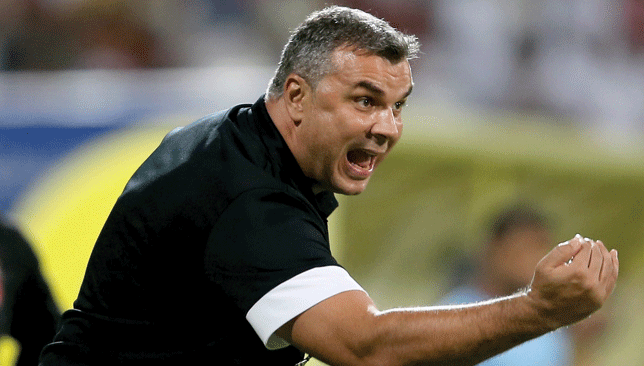
Saudi Arabia’s International fortunes have dipped over the last decade. The humiliating loss to Iraq in the final of the 2007 AFC Asian Cup had an adverse affect on football in the country, and they failed to qualify for the 2010 or 2014 editions of the FIFA World Cup. The Saudi’s had been a fixture for the previous twenty years at the top table of World Football. But there are signs both on club and International level that Saudi football is making a comeback. Al Hilal were desperately unlucky not to win the AFC Champions League, and with the bulk of the Saudi squad, and the heart of the team, from Al Hilal, they will be heading to Australia with a little extra fire in their bellies, and hopefully leaving the spittle behind. The National team also made it to the final stages of the 2014 Gulf Cup where they were beaten by Qatar. But the team has a mix of youth and experience. Osama Hawsawi and Saud Khariri both have a century of caps, and the Al-Hilal connection including the occasionally brilliant Nasser Al-Shamrani and Nawaf Al Abed, with Al Shabab’s Naif Hazazi poised in reserve could well be set for improved fortunes. Despite some poor results in the build up to Australia 2015 – including a heavy 4-1 loss to Bahrain – if Cosmin Olaroiu’s squad can negotiate their way through a tricky group including China, Uzbekistan and Korea republic, they may well be in a quarter-final with Australia or South Korea. And neither of those nations would look forward too much to that challenge.
WILL AUSTRALIA’S PUBLIC CARE ENOUGH?
Mention of North Korea and Uzbekistan brings us to one of the most thorny issues surrounding the 2015 AFC Asian Cup in Australia. Will the Australian public care enough? And is the scheduling doing the tournament any favours?
The 84,000 capacity Stadium Australia in Sydney will host the Uzbekistan versus North Korea group match. With the best will in the world, if the attendance tops 15,000 it would be amazing. But that will mean rows and rows of empty seats. And that’s not a good look. Qatar against Bahrain is also scheduled for Stadium Australia.
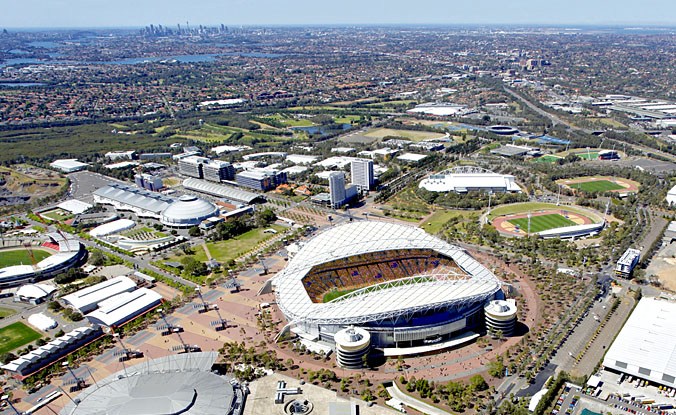
And when you look a little closer at the scheduling, there are several anomalies. Why would Canberra – hardly a footballing hotbed – get six group matches? Why no matches in Perth or Adelaide – cities that have a proven football loving public.
There are rational answers to these questions in that the various states were invited to tender for games, and some chose not to. But that, in itself, begs the question – Has Australia really “bought” into the idea of hosting the Asian Cup?
This correspondent can’t understand generally why Tournament organisers have decided it’s not a good idea to have groups staged in two allocated “home” stadia – and particularly for this tournament where you’d like the venues to at least be half-full.
Take China’s games, for example. Two of their games are in Brisbane, and one will be held in Canberra. The scheduling ignores the large Chinese populations in Melbourne and Sydney, and it seems counter-intuitive to allocate their games in those two stadia. And again. Canberra as a hotbed of football?
You do worry what will happen if Australia crashes out either at the group stage or at the Quarter Finals. And that’s a very possible scenario as Oman and Kuwait could both be awkward. And if not Saudi Arabia, then Uzbekistan or China await in the last 8 should the Socceroos get through unscathed.
Other posts by Dez Corkhill







